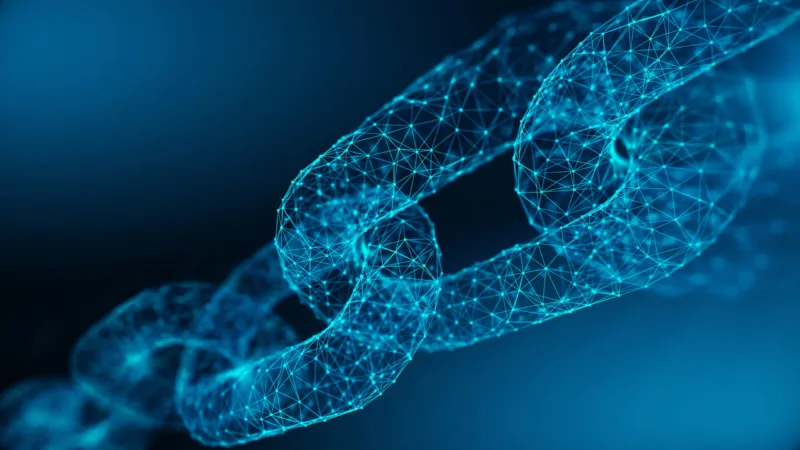The founders of the United States realized the importance of creating a common currency that would be the standard monetary unit across the early colonies. This would prevent competing monetary policies and overall economic disarray. When the U.S. Constitution was adopted in 1789, it included the “gold and silver clause,”[1] making it nearly impossible for individual colonial (state) governments to “create” their own currencies in paper or other easily produced medium. The gold and silver clause officially consolidated monetary policy under a federal government. The stakes in 2020 are significantly higher than in 1789. Through its Belt and Road Initiative (“BRI”), China is moving in the direction of consolidating a region of the world that is often overlooked by the U.S. An underlying common currency could untether China and BRI participants from Western-centric mechanisms that have been used to “shape” opposing government policies through forms of economic punishment. China’s version of the 13 U.S. colonies will have significant geopolitical economic implications.
The Chinese BRI[2] was announced in 2013 by Chinese President Xi Jinping and aims to dramatically improve China’s physical infrastructure and that of 70 other countries that currently make up the outside China nations of the BRI. According to the Organization for Economic Co-operation and Development,[3] the BRI regions are East Asia, Southeast Asia, South Asia, Central Asia, the Middle East, North Africa, and Europe. The initiative extends beyond China’s assistance in infrastructure improvements and includes policy coordination, unimpeded trade, and financial integration.
The five countries that make up Central Asia directly to the West of China are Kazakhstan, Kyrgyz Republic, Tajikistan, Turkmenistan, and Uzbekistan. These five countries’ landmass alone covers 1,516,141 square miles[4], with a total population in 2020 of 74,338,950. The primary natural resources in this area are oil and oil products, ferrous metals, cotton, wool, meat, aluminum, mercury, uranium, and natural gas.[5] China’s “economic union” with Central Asia on its own would be an extraordinary global power.
Digital currency in cross-border payment systems
As with the 13 original U.S. Colonies, it is vital for there to be a standard currency connecting these disparate regions for the sake of a healthy economy. Enter the Digital Currency Electronic Payment (DCEP). The DCEP is designed to replace the reserve money system and become the digital version of the renminbi and the primary tool in a BRI cross-border payment system. Not only will this private blockchain-based digital currency dramatically improve China’s already sophisticated cashless economy, but as it becomes the unit of money across the BRI, China will have the opportunity to separate from the heavily US influenced legacy payment rails of CHIPS and SWIFT.
Huang Qifan, Vice President of China Center for International Economic Exchange and “anointed” by the Chinese Central Government to speak on behalf of the government, at the 2019 Bund Financial Summit said, “SWIFT and CHIPS are gradually becoming the financial instruments for the U.S. to exercise global hegemony and carry out long-arm jurisdiction.”[6] Compared to other countries that are overtly hostile to the U.S., such as North Korea and Syria, China has not been a frequent U.S.-directed economic sanctions recipient. That is changing with the U.S. Treasury imposing sanctions on China due to their crackdown on pro-democratic protestors in Hong Kong.[7] The U.S. can perform this function as the unrivaled influencer on all mechanisms that allow the global economy to function. As the BRI continues to grow and mature, this power wielded by the U.S. will diminish to the point where “sticks” controlled by the U.S. with the goal of “changing” the behavior of China will have much less impact. This shift in power will remove an option that is one step shy of all-out military confrontation.
Implications of enhanced cashless transactions
With cashless platforms such as Alipay (1.2 billion users[8]) and WeChat Pay (900 million users[9]), dominant in Chinese life transacting in electronic payments via smartphones has been ingrained into the Chinese citizenry’s mindset. Several technological advances are taking place just in time for China to exploit enhanced cashless transactions across the BRI that contains some of the world’s most remote regions. In 2018 China launched a satellite into low-earth-orbit. LinkSure Network[10] is China’s response to other (Western-based) initiatives by Google (Loon[11]) and SpaceX (Starlink[12]). China’s effort will connect urban and rural locations, no matter how remote, to a fast and unencumbered internet via 5G technology, thus dramatically improving smartphone-based payment systems’ performance.
In his speech to Bund Financial Summit, Huang went on to say that one of the central qualities of the DCEP is that of “full airspace.” Defined as the “breaking of regional and special barriers, from heaven to earth, from the ground to underwater, from the domestic to the international and can be ubiquitously integrated.” Just as the early settlers in the Colonial U.S. realized the value of a common currency, so do the 21st Century Chinese. The Chinese “BRI colonies” will prove to rival the U.S.’s power with a completely independent parallel economy, and the DCEP will be the “common economic language.”
[1] https://nccs.net/blogs/articles/congress-shall-coin-money-and-regulate-the-value-thereof.
[2] https://www.cfr.org/backgrounder/chinas-massive-belt-and-road-initiative.
[3] https://www.oecd.org/finance/Chinas-Belt-and-Road-Initiative-in-the-global-trade-investment-and-finance-landscape.pdf.
[4] https://www.worldometers.info/world-population/central-asia-population/.
[5] https://www.loc.gov/rr/business/asia/CentralAsia/centralasian.html.
[6] https://www.allcryptowhitepapers.com/dcep-whitepaper/.
[7] https://home.treasury.gov/news/press-releases/sm1088.
[8] http://www.xinhuanet.com/english/2019-10/01/c_138440413.htm.
[9] https://www.businessofapps.com/data/wechat-statistics/#:~:text=In%20all%2C%20mobile%20payments%20transactions,million%20users%20of%20Apple%20Pay.
[10] https://www.chinadaily.com.cn/a/201811/29/WS5bff58bca310eff30328bc38.html.
[11] https://loon.com/.
[12] https://www.starlink.com/.









